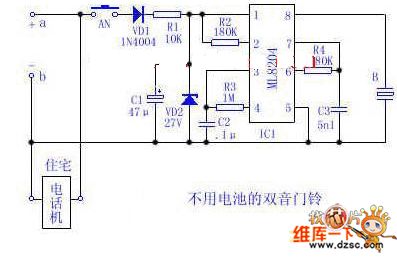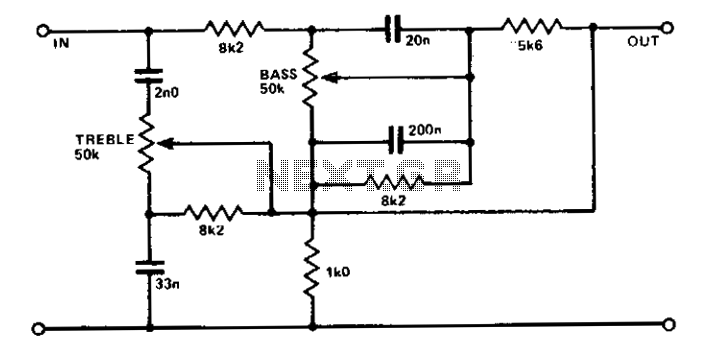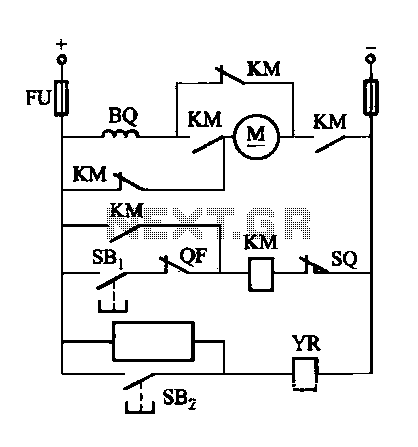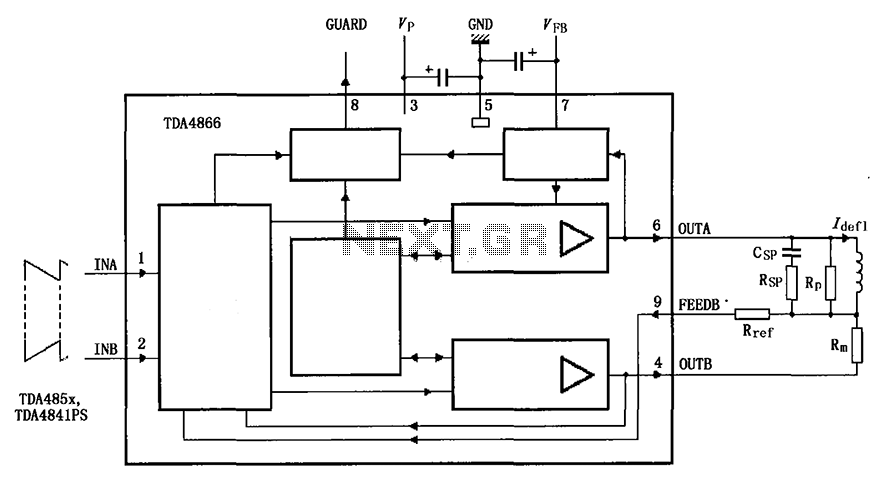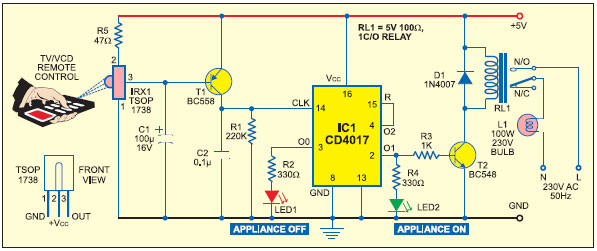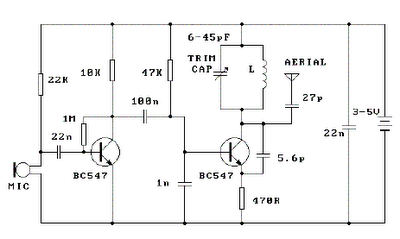
Speaker Microphone Circuit
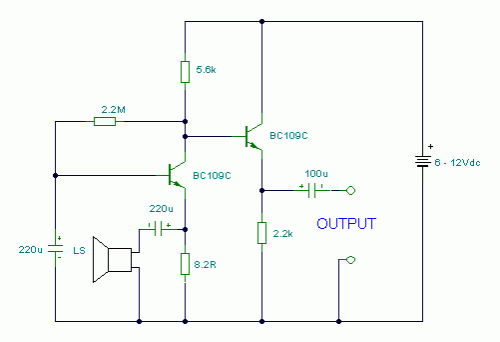
This circuit allows the use of an inexpensive loudspeaker as a microphone. Sound waves that reach the speaker cone create fluctuations in the voice coil. The movement of the voice coil within the speaker's magnetic field generates a small electrical signal. The circuit is designed to operate with a voltage range between 6 and 12 volts DC. The first transistor operates in a common base mode, which effectively matches the low input impedance of the speaker to the common base stage and provides a high voltage gain. The second stage is directly coupled and functions as an emitter follower. While the voltage gain is slightly less than unity, the output impedance is low, allowing it to drive long cables. Although the speech quality is not as high as that of a standard or electret condenser microphone (ECM), acceptable results can still be achieved. Loudspeakers with cone diameters ranging from 1 inch to 3 inches can be utilized, and speaker impedances can vary from 4 ohms to 64 ohms. The 8.2-ohm resistor can be adjusted to match the impedance of the specific speaker used.
The circuit utilizes a basic configuration to convert sound waves into electrical signals effectively. The first stage, featuring a transistor in a common base configuration, serves to amplify the small signals generated by the loudspeaker. This configuration is particularly advantageous because it allows for a direct connection to the low-impedance output of the loudspeaker, ensuring optimal signal transfer. The common base stage is known for its high voltage gain, which is crucial for enhancing the weak signals produced by the speaker.
Following this initial amplification, the second stage of the circuit employs an emitter follower configuration. This stage is characterized by its ability to provide a low output impedance, which is essential for driving longer cable runs without significant signal degradation. Although the voltage gain in this stage is slightly less than one, the benefits of low output impedance and the ability to drive external loads make it a valuable addition to the circuit.
The design accommodates a variety of loudspeakers, with the flexibility to handle cone sizes from 1 inch to 3 inches and impedances from 4 ohms to 64 ohms. This versatility allows for the use of different speaker types, making the circuit adaptable for various applications. The inclusion of an adjustable resistor (8.2 ohms) provides further customization, enabling users to match the circuit to the specific characteristics of the loudspeaker in use.
While the audio quality produced by this circuit may not rival that of higher-end microphones, it is sufficient for many applications, particularly where cost-effectiveness is a priority. This circuit is suitable for hobbyist projects, basic audio recording, or other scenarios where a simple and low-cost microphone solution is desired.This circuits allows you to use a cheap loudspeaker as a microphone. Sound waves reaching the speaker cone cause fluctuations in the voice coil. The voice coil moving in the speakers magnetic field will produce a small electrical signal. The circuit is designed to be used with an operating voltage between 6 and 12 volts dc. The first transistor op erates in common base mode. This has the advantage of matching the low input impedance of the speaker to the common base stage, and secondly has a high voltage gain. The second stage is direct coupled and operates in emitter follower. Voltage gain is slightly less than unity, but output impedance is low, and will drive long cables. Speech quality is not as good compared to an ordinary or ECM microphone, but quite acceptable results can be obtained.
Speaker cones with diameters of 1 inch to 3 inches may be used. Speaker impedance may be 4 ohm to 64 ohm. The 8. 2 ohm resistor value may be changed to match the actual speakers own impedance. 🔗 External reference
The circuit utilizes a basic configuration to convert sound waves into electrical signals effectively. The first stage, featuring a transistor in a common base configuration, serves to amplify the small signals generated by the loudspeaker. This configuration is particularly advantageous because it allows for a direct connection to the low-impedance output of the loudspeaker, ensuring optimal signal transfer. The common base stage is known for its high voltage gain, which is crucial for enhancing the weak signals produced by the speaker.
Following this initial amplification, the second stage of the circuit employs an emitter follower configuration. This stage is characterized by its ability to provide a low output impedance, which is essential for driving longer cable runs without significant signal degradation. Although the voltage gain in this stage is slightly less than one, the benefits of low output impedance and the ability to drive external loads make it a valuable addition to the circuit.
The design accommodates a variety of loudspeakers, with the flexibility to handle cone sizes from 1 inch to 3 inches and impedances from 4 ohms to 64 ohms. This versatility allows for the use of different speaker types, making the circuit adaptable for various applications. The inclusion of an adjustable resistor (8.2 ohms) provides further customization, enabling users to match the circuit to the specific characteristics of the loudspeaker in use.
While the audio quality produced by this circuit may not rival that of higher-end microphones, it is sufficient for many applications, particularly where cost-effectiveness is a priority. This circuit is suitable for hobbyist projects, basic audio recording, or other scenarios where a simple and low-cost microphone solution is desired.This circuits allows you to use a cheap loudspeaker as a microphone. Sound waves reaching the speaker cone cause fluctuations in the voice coil. The voice coil moving in the speakers magnetic field will produce a small electrical signal. The circuit is designed to be used with an operating voltage between 6 and 12 volts dc. The first transistor op erates in common base mode. This has the advantage of matching the low input impedance of the speaker to the common base stage, and secondly has a high voltage gain. The second stage is direct coupled and operates in emitter follower. Voltage gain is slightly less than unity, but output impedance is low, and will drive long cables. Speech quality is not as good compared to an ordinary or ECM microphone, but quite acceptable results can be obtained.
Speaker cones with diameters of 1 inch to 3 inches may be used. Speaker impedance may be 4 ohm to 64 ohm. The 8. 2 ohm resistor value may be changed to match the actual speakers own impedance. 🔗 External reference
